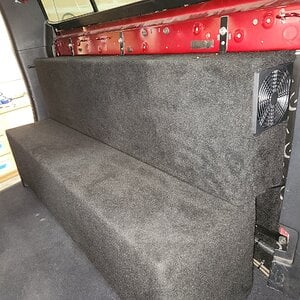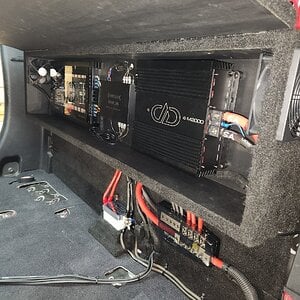VWBobby 10+ year member
PG and SS nuthugger
I've never been able to find a definite answer on this.... Can someone please explain how this works? I think it has to do with dampening and more or less the speaker having a "cushion" when run at 4 or 8 compared to 1?
I have heard of people driving 250-watt amps down to 0.25 Ohm to get around 1000-watts but they never mentioned how it sounded doing it. I have also run many 2 to 8 ohm setups and didn't notice any difference that I could attribute to the load.
//content.invisioncic.com/y282845/emoticons/cool.gif.3bcaf8f141236c00f8044d07150e34f7.gif
Thanks in advance!
-Bobby
I have heard of people driving 250-watt amps down to 0.25 Ohm to get around 1000-watts but they never mentioned how it sounded doing it. I have also run many 2 to 8 ohm setups and didn't notice any difference that I could attribute to the load.
//content.invisioncic.com/y282845/emoticons/cool.gif.3bcaf8f141236c00f8044d07150e34f7.gif
Thanks in advance!
-Bobby


